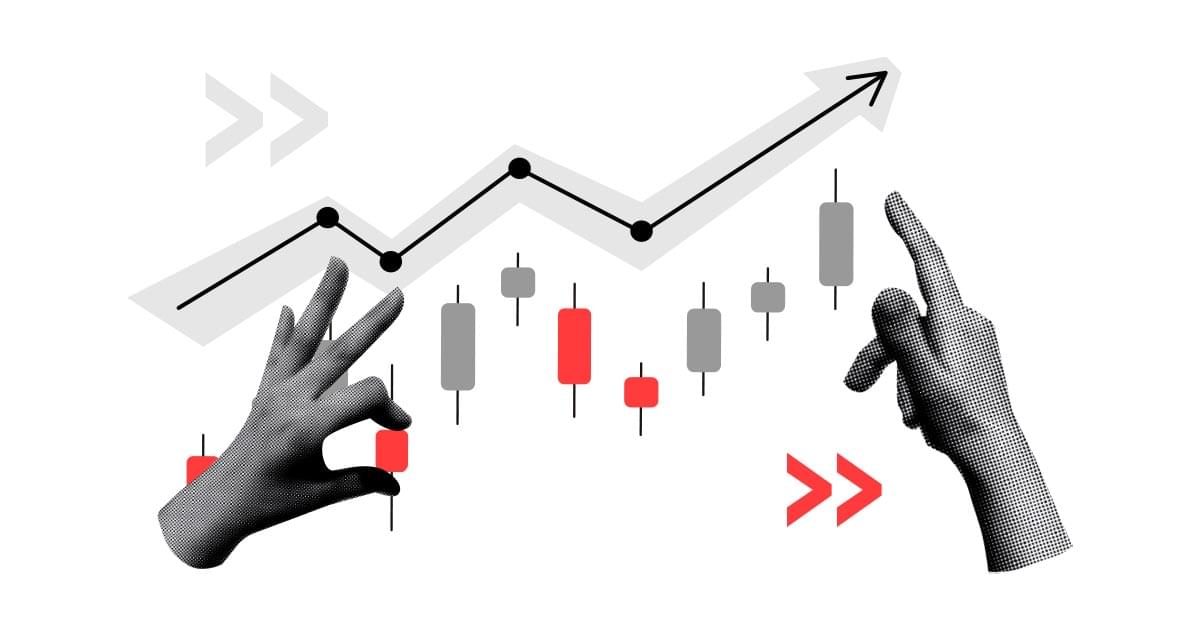The bond market slump seems to be greater than during the great financial crisis. Back then, the index fell by 10.8 percent, while today the drop from its peak is already 11 percent. Will there be a similar flow of capital from bonds to shares?
The reality of financial markets can be divided into the times before and after the great financial crisis of 14 years ago. At that time, previously unimaginable tools were introduced, such as negative bond interest rates and negative interest rates.
History repeats itself
During the Great Financial Crisis, central banks around the world made huge efforts to save a system that could have brought itself to destruction. They kept it clean to protect the jobs of ordinary citizens, but also the bonuses of Wall Street people. There were actions that resulted in significant inflation of financial asset prices, and in every category. Both stocks and bonds seemed to be getting more expensive at the same time.
A similar situation occurred with the massive support of the economy as a result of the COVID-19 outbreak. But they also went in the same direction, namely massive asset price inflation. Stocks, commodities, bonds, cryptocurrencies - all seemed to rise in price at the same time.
The war prompted banks to react quickly and decisively
Currently - with inflation unprecedented in decades, compounded by the pandemic factor and, above all, Russia's unleashed war in Ukraine - central banks are having to abandon their previous approach. As a result of expectations of monetary policy tightening, and not in a gentle, but rather quick and decisive manner, both Treasury and corporate bonds start to lose value.
The index presented by Bloomberg agency seems to indicate that the bond market slump is now bigger than in the great financial crisis. Back then, the index fell by 10.8 percent, and now the drop from its peak is already 11 percent. The question that arises here is whether there will be, as in the past, a traditional flow of capital from bonds to shares.
After the bond bubble, is it time for stocks?
In the past, the normalization of monetary policy consisted in raising interest rates above the level of inflation. Capital could therefore lie down and earn interest. Today, an increase in interest rates can only reduce the negative real interest rate. Thus, capital accumulated, for example, on deposits will lose its value under the influence of inflation.
It is possible that after the bond market bubble bursts, the time may come for a stock market bubble. After all, what else, if not a bubble, is the shift of capital from bonds to shares at the time of weakening economic growth and a possible decrease in the dynamics of company results? The nearest future may show whether the book correlation from before 2007-2008 is still valid.
Daniel Kostecki, Director of the Polish branch of Conotoxia Ltd. (Forex service)
Materials, analysis and opinions contained, referenced or provided herein are intended solely for informational and educational purposes. Personal opinion of the author does not represent and should not be constructed as a statement or an investment advice made by Conotoxia Ltd. All indiscriminate reliance on illustrative or informational materials may lead to losses. Past performance is not a reliable indicator of future results.
CFDs are complex instruments and come with a high risk of losing money rapidly due to leverage. 79.17% of retail investor accounts lose money when trading CFDs with this provider. You should consider whether you understand how CFDs work and whether you can afford to take the high risk of losing your money.


